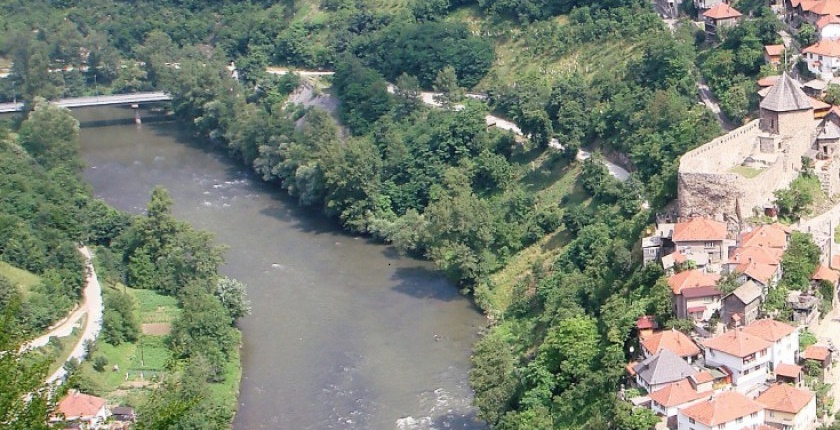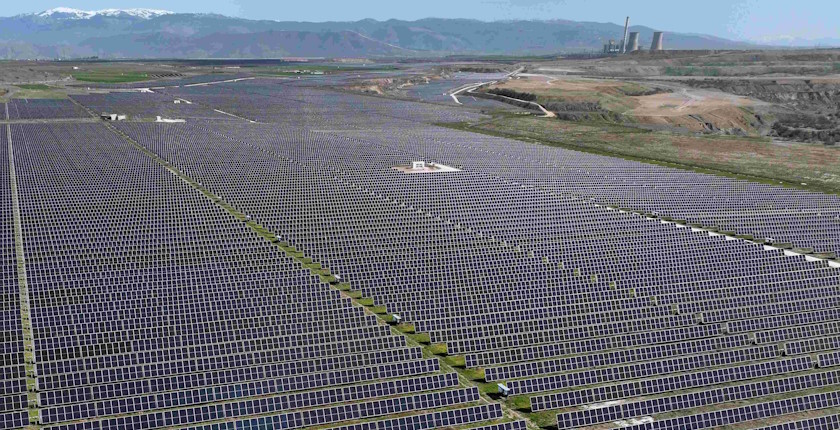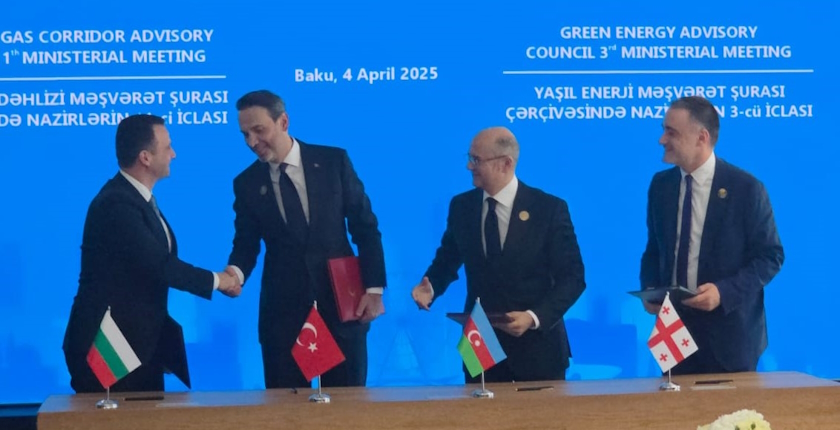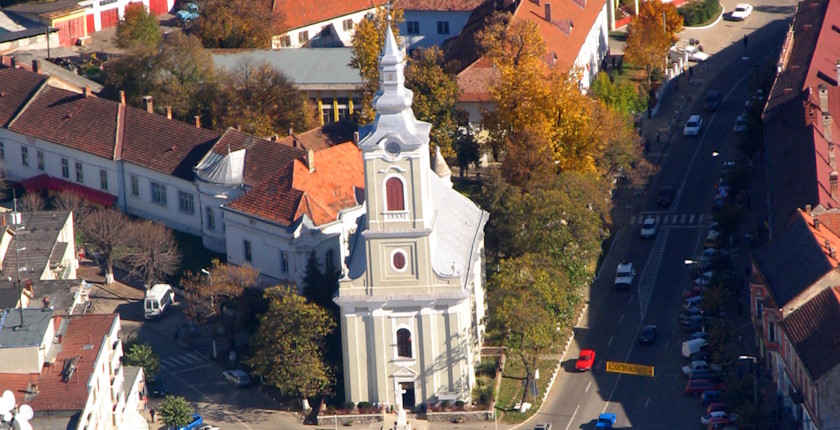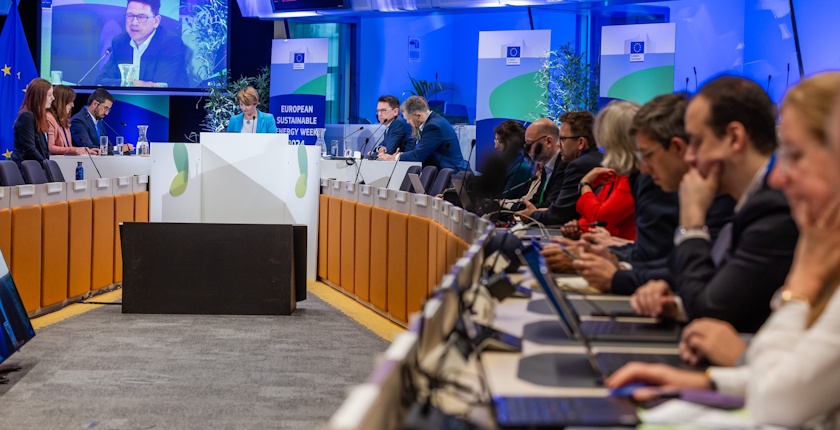
EUSEW 2025: Registration open for the European Sustainable Energy Week
Registration is now open for participation in the 19th edition of the European Sustainable Energy Week – EUSEW 2025, which will be held from June 10 to 12. Participants can register to attend the event in Brussels or join online.
EUSEW is the largest annual event dedicated to renewable energy and efficient energy use in Europe. It is organized by the European Climate, Infrastructure and Environment Executive Agency (CINEA) in cooperation with the European Commission’s Directorate-General for Energy.
In order to ensure competitiveness and achieve clean energy goals, Europe must take concrete action. The rapid deployment of renewable energy sources and the implementation of energy efficiency measures will be key elements in supporting industry, the European Commission said. It added that Europe would need to respond to the challenges of energy price spikes and market instability, which affect both businesses and citizens.
In line with the challenges, the slogan of this year’s European Sustainable Energy Week is ‘Powering a fair and competitive green transition’.
The number of in-person seats is limited
This year, EUSEW will be held in a hybrid format, from June 10 to 12. The gatherings are in the European Commission’s Charlemagne building and the nearby Martin Hotel in Brussels. All sessions will be livestreamed via a dedicated online event platform.
As the number of in-person seats is limited, organizers are encouraging interested participants to register as soon as possible.
Photo: EUSEW
EUSEW 2025 features a variety of events. The high-level conference, with over 60 sessions, will feature prominent speakers exploring five main themes: competitiveness and investments in clean energy, energy affordability, renewables, energy efficiency, decarbonization, and international cooperation. The conference will be officially opened on June 10 by European Commissioner for Energy and Housing Dan Jørgensen.
Following the opening, the EUSEW Awards ceremony will take place. They recognize outstanding individual and collective achievements in the fields of energy efficiency and green energy and are presented in three categories: Innovation, Local Energy Action, and Women in Energy.
EUSEW will also offer opportunities for informal networking during the Energy Fair. Additionally, for the sixth year in a row, the European Youth Energy Day will be held. A group of 30 young energy ambassadors will organize their own sessions and side events, including workshops with energy experts.
Dozens of locally organized Sustainable Energy Days will also be held across the world before and after the main week of the event.

